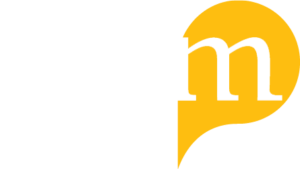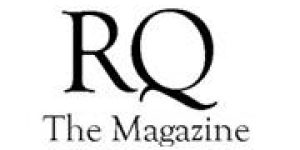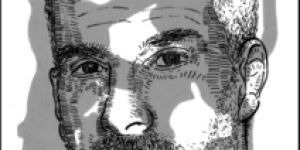Lital Levy ~ Historicizing The Concept Of Arab Jews In The Mashriq
No Comments yet Jewish Quarterly Review, 2008. As is well known, the long arm of the Arab-Israeli conflict reached far beyond the geographical borders of Palestine. Prior to the creation of the State of Israel in 1948, somewhere between 700,000 and 850,000 Jews lived in inveterate communities spread throughout the Middle East and North Africa. By the end of the century, all the historic Jewish communities of the region (with the partial exceptions of Morocco and Iran) were to meet a single fate—dislocation and dispersal—effectively vanishing with nary a trace left in their countries of origin. These were indigenous communities (in some cases, present in area for millennia) whose unique, syncretic cultures have since been completely expunged as a result of emigration—whether to Israel, where they were subjected to a systematic program of deracination and resocialization, or to the West, where in most places “Jewish” was more or less synonymous with “Ashkenazi” and the concept of Jews from the Arab world was (and remains) little known or understood. The disappearance of the Jewish dialects of spoken Arabic, of written Judeo-Arabic, and, more recently, of the last generation of Jewish writers of literary Arabic, all silently sound the death knell of a certain world—that which S. D. Goitein dubbed the “Jewish-Arab symbiosis,” and that which Ammiel Alcalay sought to recapture in his groundbreaking book After Jews and Arabs.
Jewish Quarterly Review, 2008. As is well known, the long arm of the Arab-Israeli conflict reached far beyond the geographical borders of Palestine. Prior to the creation of the State of Israel in 1948, somewhere between 700,000 and 850,000 Jews lived in inveterate communities spread throughout the Middle East and North Africa. By the end of the century, all the historic Jewish communities of the region (with the partial exceptions of Morocco and Iran) were to meet a single fate—dislocation and dispersal—effectively vanishing with nary a trace left in their countries of origin. These were indigenous communities (in some cases, present in area for millennia) whose unique, syncretic cultures have since been completely expunged as a result of emigration—whether to Israel, where they were subjected to a systematic program of deracination and resocialization, or to the West, where in most places “Jewish” was more or less synonymous with “Ashkenazi” and the concept of Jews from the Arab world was (and remains) little known or understood. The disappearance of the Jewish dialects of spoken Arabic, of written Judeo-Arabic, and, more recently, of the last generation of Jewish writers of literary Arabic, all silently sound the death knell of a certain world—that which S. D. Goitein dubbed the “Jewish-Arab symbiosis,” and that which Ammiel Alcalay sought to recapture in his groundbreaking book After Jews and Arabs.
This essay is concerned not only with this displaced population and its lost history but principally with the evocation of both subjects through a concept gaining increasing acceptance and purchase in academic discourse, namely, the “Arab Jew.” Numerically, the total population of Middle Eastern and North African Jews prior to 1948 hovers under the million mark, and this is perhaps one of the reasons its historic experience has been so eclipsed by the cataclysmic events that befell European Jewry in the twentieth century. Yet due to its historic location betwixt and between things “Jewish” and things “Arab,” this population’s symbolic importance belies its small numbers. Whichever way you look at it, the not-so-simple fact of Jews who are Arab or Arabs who are Jewish raises all sorts of problems and possibilities ripe for exploration, interpretation, and manipulation—and people are beginning to notice. Paradoxically, even as so much of Arab Jewish language, culture, and historic memory slips away like gossamer threads carried off on the wind of a quickly receding past, the reappropriation—some might even say the commodification—of the “Arab Jew” (now as a largely symbolic figure) accelerates in kind. The renewed interest in the figure of the Arab Jew and in the lost Arab Jewish past is perhaps best evidenced by the multilingual swell of documentary films, memoirs, novels, and even cookbooks-cum-community histories (which I call “culinary nostalgia”) produced by Arab Jews and their descendants (primarily from Iraq and Egypt) in recent years. At the same time, as Emily Gottreich points out in her essay, the political capital of the Arab Jew has not gone unrecognized by activists from either right or left.
Go to: https://muse.jhu.edu/article/252139
You May Also Like
Comments
Leave a Reply






